Home>Interior Design>4 Lessons On Using Color In A Bedroom From An Interior Designer
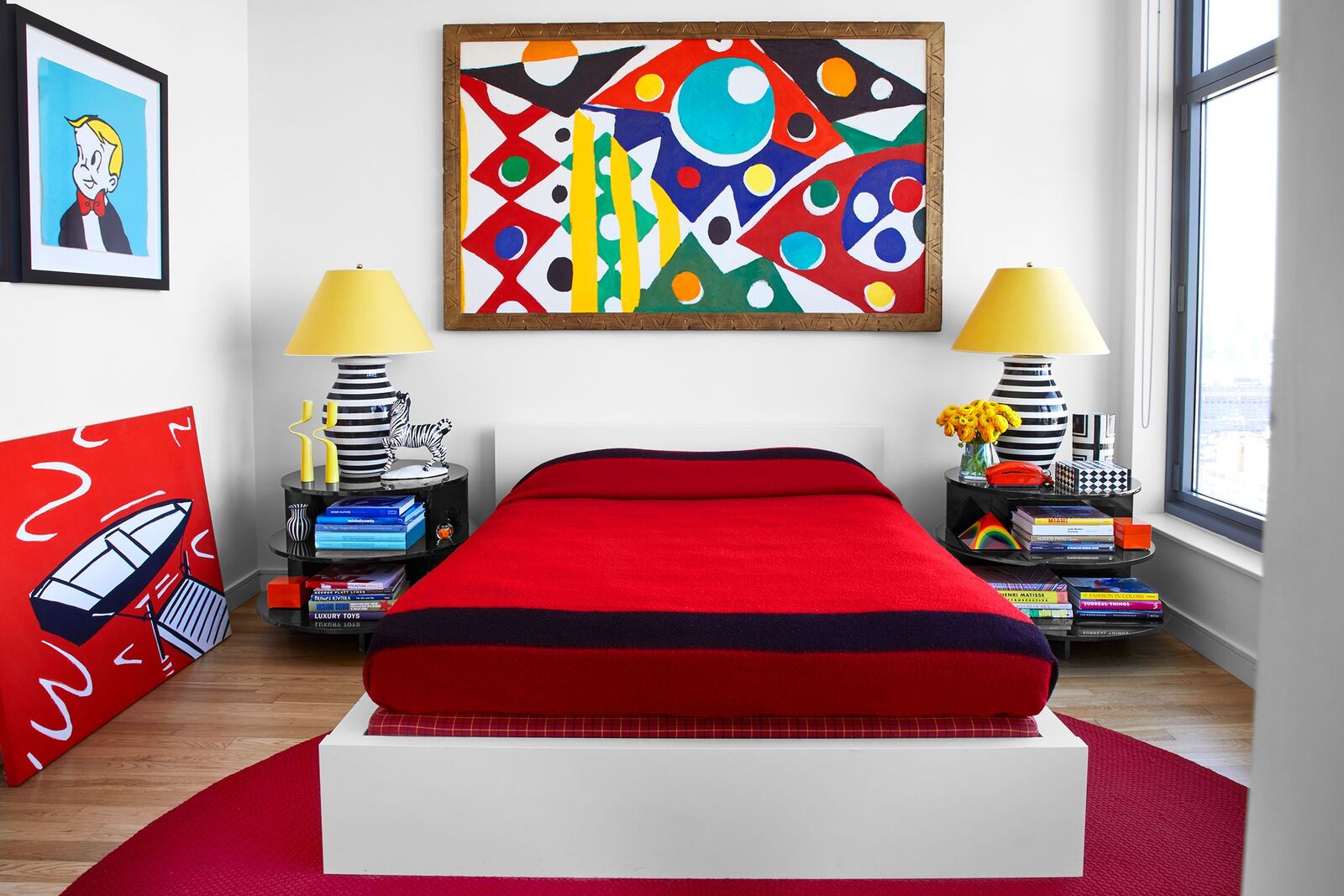

Interior Design
4 Lessons On Using Color In A Bedroom From An Interior Designer
Modified: January 5, 2024
Learn expert tips from an interior designer on how to use color effectively in your bedroom. Discover 4 essential lessons for stunning interior design.
(Many of the links in this article redirect to a specific reviewed product. Your purchase of these products through affiliate links helps to generate commission for Storables.com, at no extra cost. Learn more)
Introduction
When it comes to interior design, one of the most powerful tools at your disposal is color. The right choice and application of color can transform a space, evoke emotions, and create a harmonious and inviting atmosphere. In the realm of bedroom design, color plays a crucial role in setting the mood and ambiance for rest and relaxation.
In this article, we will explore four essential lessons on using color in a bedroom, drawn from the expertise of interior designers. Whether you are considering a complete bedroom makeover or simply looking to refresh your space, these valuable insights will guide you in making informed color choices that will enhance the beauty and functionality of your bedroom.
Key Takeaways:
- Lesson 1: Choose calming colors like blues and greens to promote relaxation in your bedroom, but don’t be afraid to add pops of vibrant colors for energy and excitement. Experiment with different color combinations to find what resonates with you personally.
- Lesson 2: Create a cohesive color scheme by selecting a focal color, complementing it with complementary hues, and incorporating neutrals for balance. Carefully consider your color choices to achieve a visually pleasing and harmonious bedroom design.
Lesson 1: Understanding the Psychology of Color
Color has a profound impact on our emotions and can greatly influence the mood of a space. In the context of a bedroom, it is essential to consider how different colors can affect our state of mind and create a relaxing and soothing environment.
When aiming for a calming atmosphere, it is best to opt for soft, cool colors such as blues, greens, and lavenders. These hues have a natural calming effect and promote a sense of tranquility and serenity. They are perfect for creating an oasis of relaxation where you can unwind after a long day.
However, incorporating pops of vibrant colors can add energy and excitement to the space. You can achieve this by selecting a bold accent color, such as a vibrant red or sunny yellow, and using it sparingly throughout the room. This will inject a sense of liveliness and playfulness, without overwhelming the overall tranquility.
Remember that everyone has their own unique response to colors, so it’s essential to choose shades that resonate with you personally. Experiment with different color combinations and consider the emotions and feelings you associate with each color.
By understanding the psychology of color and making informed choices, you can create a bedroom environment that promotes relaxation and rejuvenation while also reflecting your personal style and preferences.
Lesson 2: Creating a Cohesive Color Scheme
Creating a cohesive color scheme is crucial in achieving a visually pleasing and harmonious bedroom design. By carefully selecting colors that work together, you can create a sense of unity and balance throughout the space.
One key aspect of creating a cohesive color scheme is choosing a focal color for the bedroom. This will serve as the dominant hue and set the tone for the entire space. Consider colors that you find calming and relaxing, such as soft blues or gentle earth tones. This focal color will be the foundation on which you can build the rest of your color scheme.
Once you have your focal color, it’s important to select complementary colors that enhance its beauty. Complementary colors are those that are opposite each other on the color wheel. For example, if your focal color is a deep blue, its complementary color would be a warm orange or a sandy beige. By incorporating these complementary colors in accents and accessories, you can create a visually appealing and balanced look.
In addition to your focal and complementary colors, incorporating neutrals is key to achieving balance in your color scheme. Neutrals such as whites, grays, and beiges act as a backdrop, allowing the other colors to shine and preventing the space from feeling overwhelming. They also help create a sense of sophistication and timelessness.
When selecting your neutral tones, consider using different shades and tones to add depth and dimension to the space. For example, pairing a light gray with a darker charcoal or a creamy white with a warm beige can create a visually interesting and dynamic color palette.
By carefully considering your focal color, selecting complementary hues, and incorporating neutrals, you can create a cohesive and visually pleasing color scheme that sets the foundation for a beautiful and harmonious bedroom.
When using color in a bedroom, consider the psychological effects of different colors. For example, calming blues and greens can promote relaxation, while warm tones like red and orange can create a cozy atmosphere.
Lesson 3: Using Color to Enhance the Space
Color has the incredible ability to transform the perception of space. In a small bedroom, clever color choices can visually expand the room and create the illusion of a larger, more open space.
When working with a small bedroom, opt for light and airy colors. Whites, pastels, and soft neutrals can help reflect natural light and make the room feel more spacious. Avoid using dark and bold colors, as they can make the space feel smaller and more confined.
In addition to choosing the right colors, creating depth and dimension in a bedroom is essential to making it feel more inviting. This can be achieved by using different shades and tones of the same color. For example, combining light and dark shades of blue in bedding and accessories can add visual interest and create a sense of depth within the room.
Furthermore, utilizing color to highlight architectural features can add a unique and stylish touch to your bedroom. If you have architectural details such as crown molding, a decorative ceiling, or a built-in bookshelf, consider painting them in a contrasting color. This will draw attention to these features and create a focal point within the room.
Remember, using color strategically can truly enhance the visual appeal and functionality of your bedroom. By choosing colors that visually expand the space, creating depth with different shades and tones, and highlighting architectural features, you can transform your bedroom into a beautiful and inviting sanctuary.
Lesson 4: Adding Color through Accessories and Textiles
When it comes to infusing color into your bedroom, accessories and textiles play a vital role. These elements provide an opportunity to introduce pops of color, add visual interest, and create a cohesive and visually appealing space.
One way to add color to your bedroom is by incorporating colorful bedding and pillows. Choose bedding sets in vibrant hues or patterns that complement your color scheme. Opt for pillows in contrasting colors to add depth and texture to your bed. This not only brings color to the room but also allows for easy updates and changes to suit your mood or the seasons.
Using curtains, rugs, and artwork are other fantastic ways to add color accents to your bedroom. Choose curtains in a bold color or pattern that complements your overall color scheme. This will not only add visual interest but also provide an opportunity to control natural light and privacy. Consider adding a colorful area rug that ties the room together, bringing warmth and depth to the space. Additionally, strategically placed artwork with pops of color can serve as focal points and add personality to your bedroom walls.
Another approach to adding color through accessories is mixing patterns and textures. Experiment with different patterns and textures on your pillows, curtains, and rugs to create a visually appealing and dynamic bedroom. Play with complementary patterns or mix subtle textures with bold prints to create a unique and inviting atmosphere.
Remember to balance the use of color in accessories and textiles with the overall color scheme of the room. Aim for a harmonious blend of colors and patterns that work together to create a visually pleasing and cohesive bedroom design.
By incorporating colorful bedding and pillows, using curtains, rugs, and artwork to add color accents, and mixing patterns and textures, you can infuse your bedroom with personality and create a visually appealing and inviting space.
Conclusion
Color is a powerful tool in interior design, and when used effectively in a bedroom, it can create a space that is both visually appealing and conducive to rest and relaxation. By understanding the psychology of color, creating a cohesive color scheme, using color to enhance the space, and adding color through accessories and textiles, you can transform your bedroom into a personalized sanctuary.
When choosing colors for your bedroom, consider the emotions and feelings that different hues evoke. Opt for calming colors like blues and greens to promote relaxation, while also incorporating pops of vibrant colors for energy and excitement. Creating a cohesive color scheme involves selecting a focal color, complementing it with complementary hues, and incorporating neutrals for balance.
Using color strategically can also enhance the space in your bedroom. Selecting colors that visually expand a small room and creating depth and dimension through different shades and tones can make even the smallest bedrooms feel more spacious and inviting. Additionally, using color to highlight architectural features adds interest and personality to the room.
Lastly, you can add color accents to your bedroom through accessories and textiles. Incorporate colorful bedding and pillows, use curtains, rugs, and artwork to add visual interest and pops of color, and experiment with mixing patterns and textures for a visually pleasing and dynamic space. Just remember to maintain a balance between the overall color scheme and the colors introduced through accessories.
By incorporating these lessons into your bedroom design, you can create a space that reflects your personal style while providing a soothing and inviting atmosphere. Remember to trust your instincts and choose colors that resonate with you, as ultimately, the goal is to create a bedroom that feels like a true sanctuary where you can unwind and recharge.
Frequently Asked Questions about 4 Lessons On Using Color In A Bedroom From An Interior Designer
Was this page helpful?
At Storables.com, we guarantee accurate and reliable information. Our content, validated by Expert Board Contributors, is crafted following stringent Editorial Policies. We're committed to providing you with well-researched, expert-backed insights for all your informational needs.
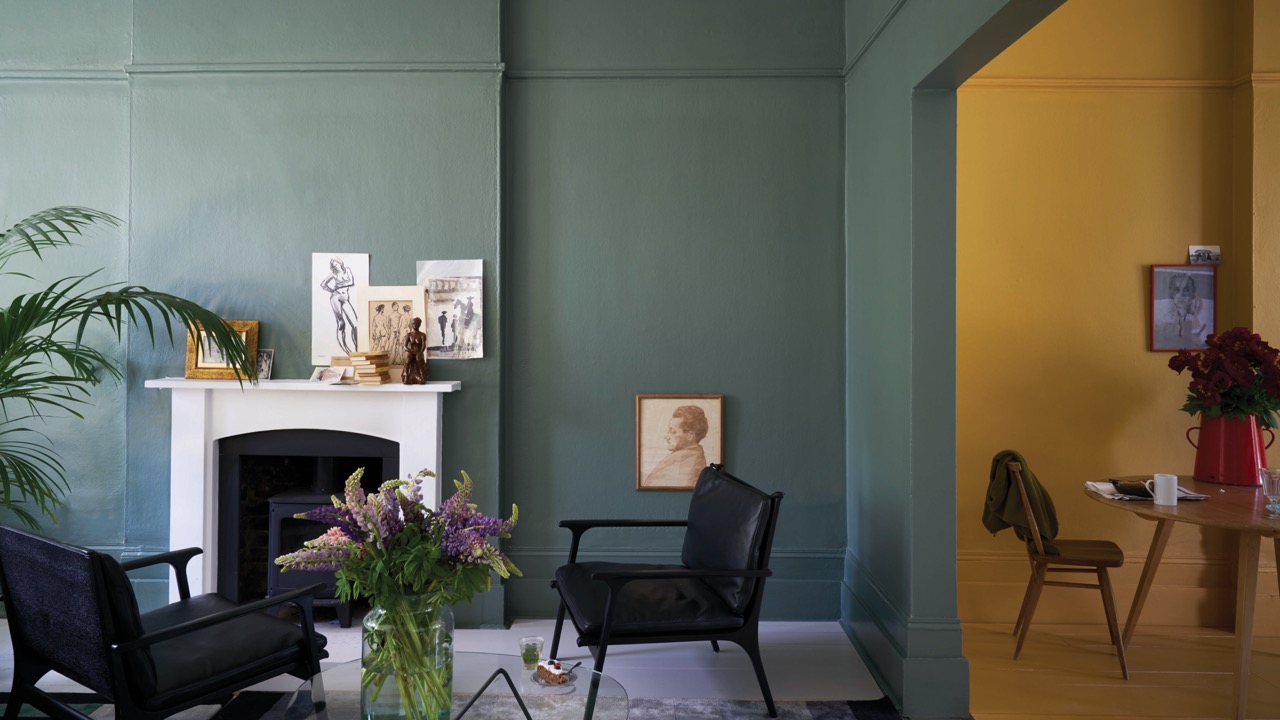
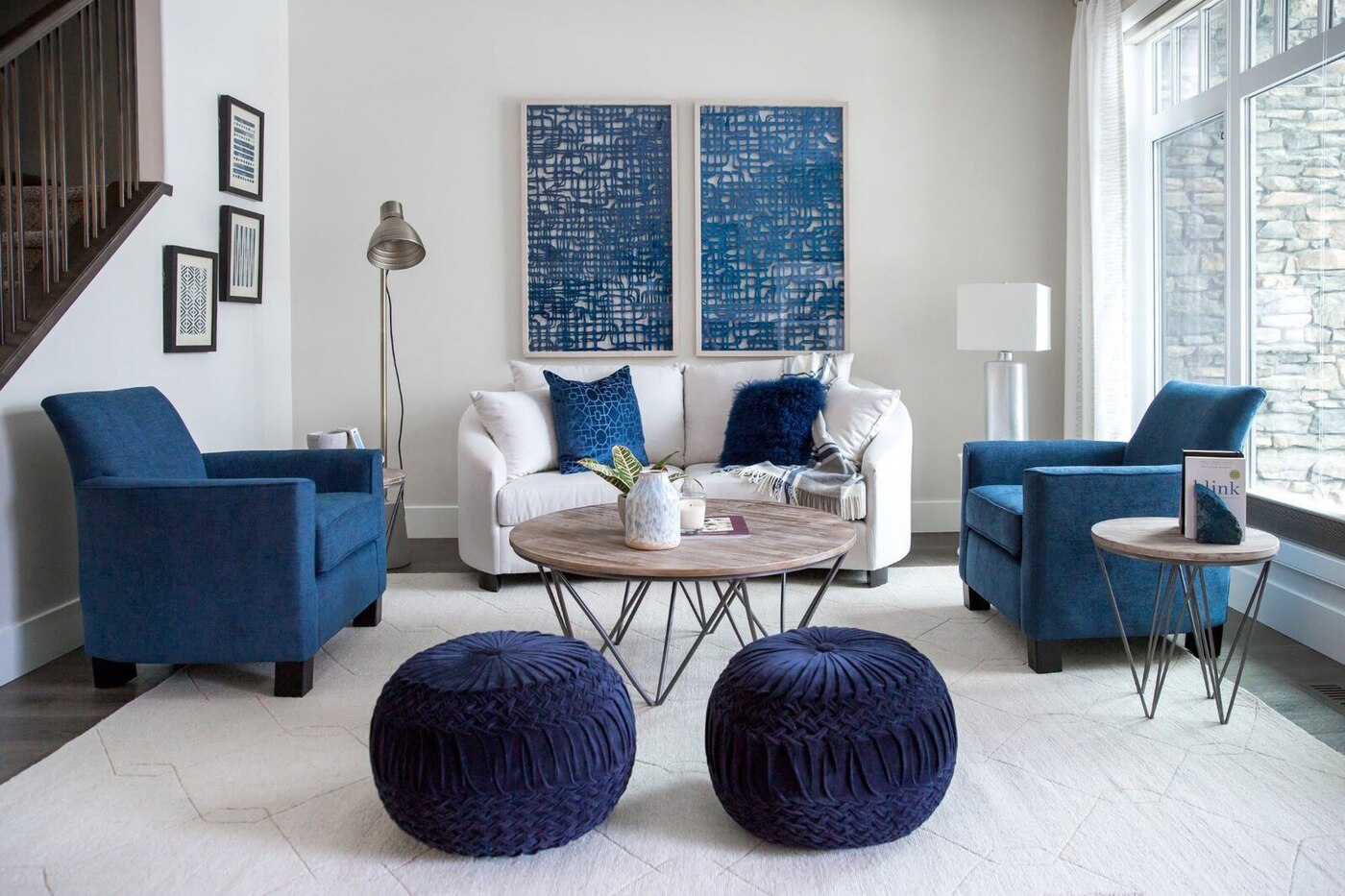
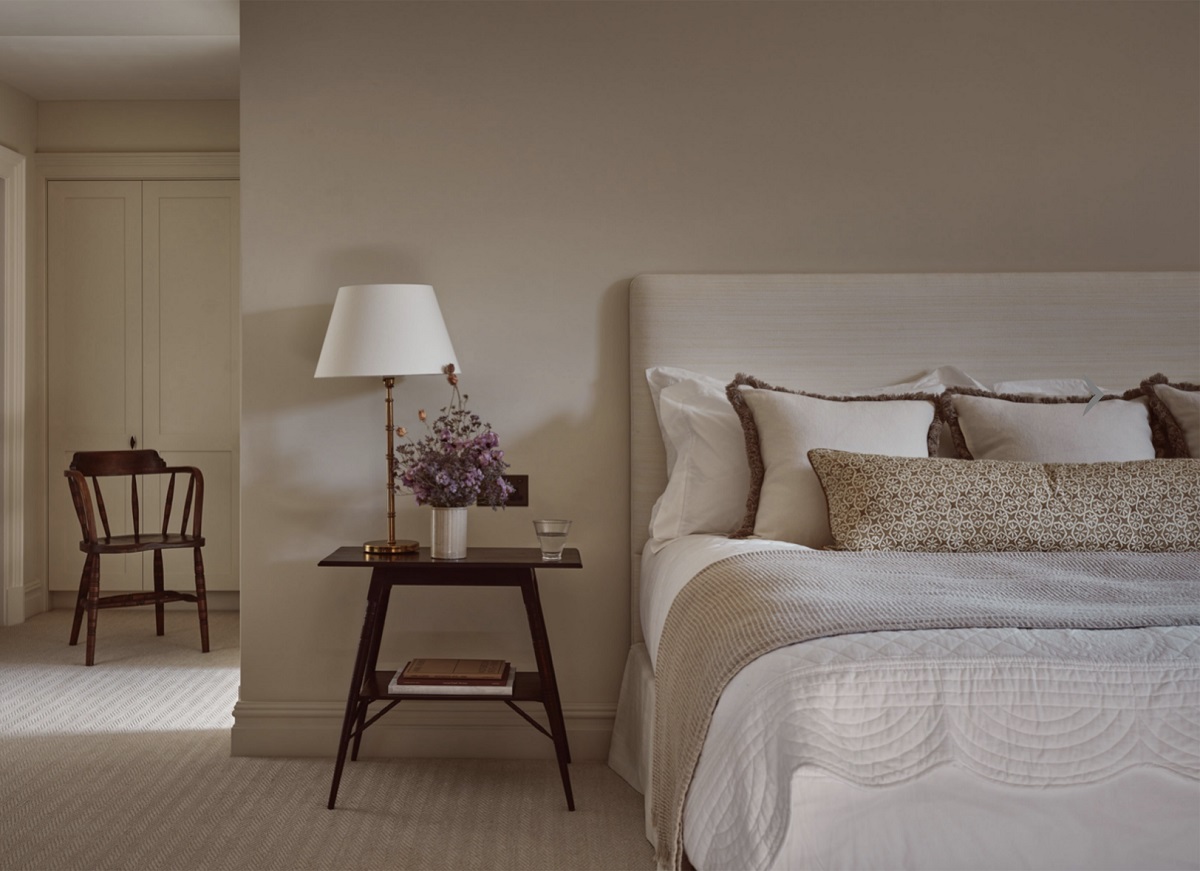
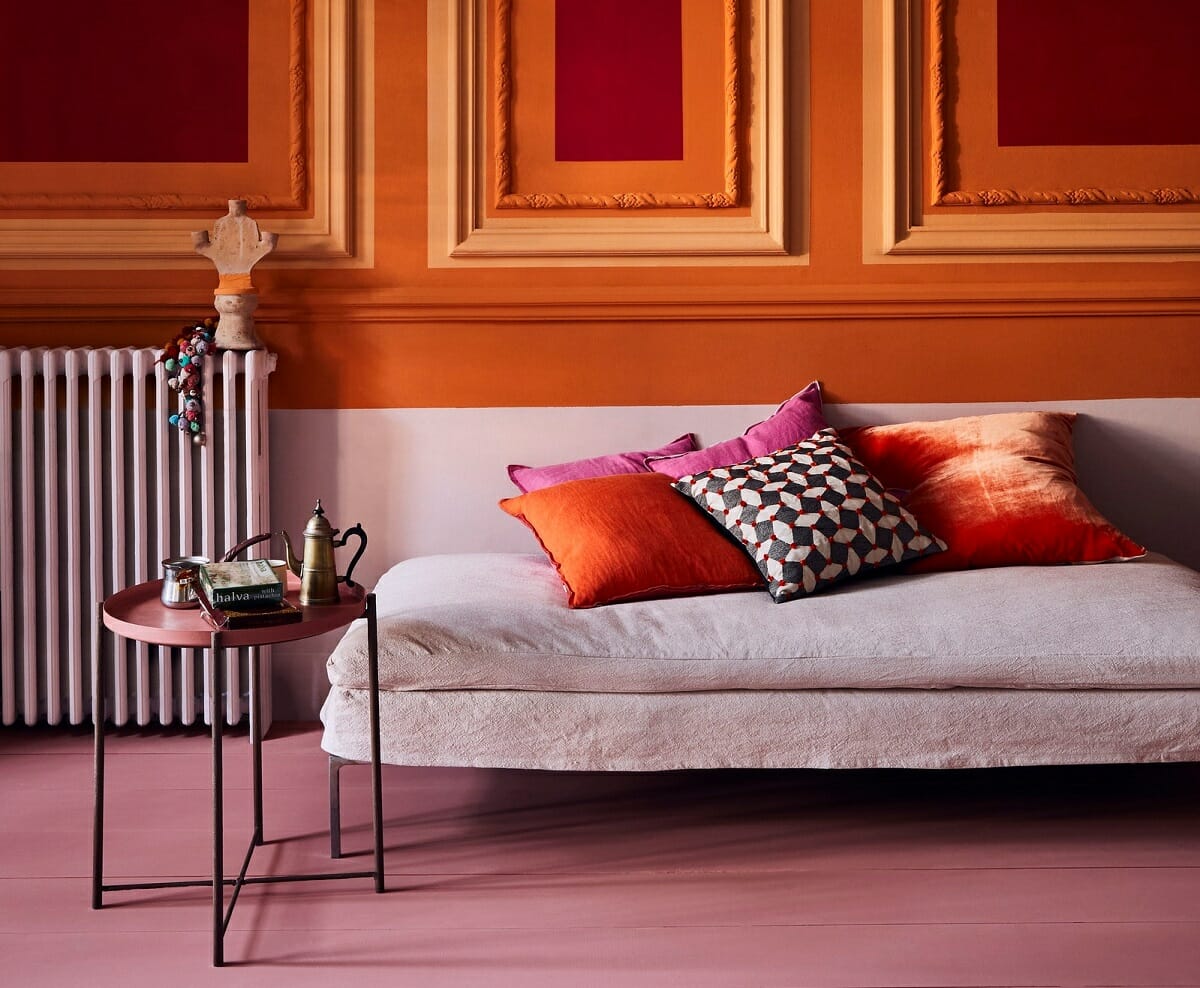
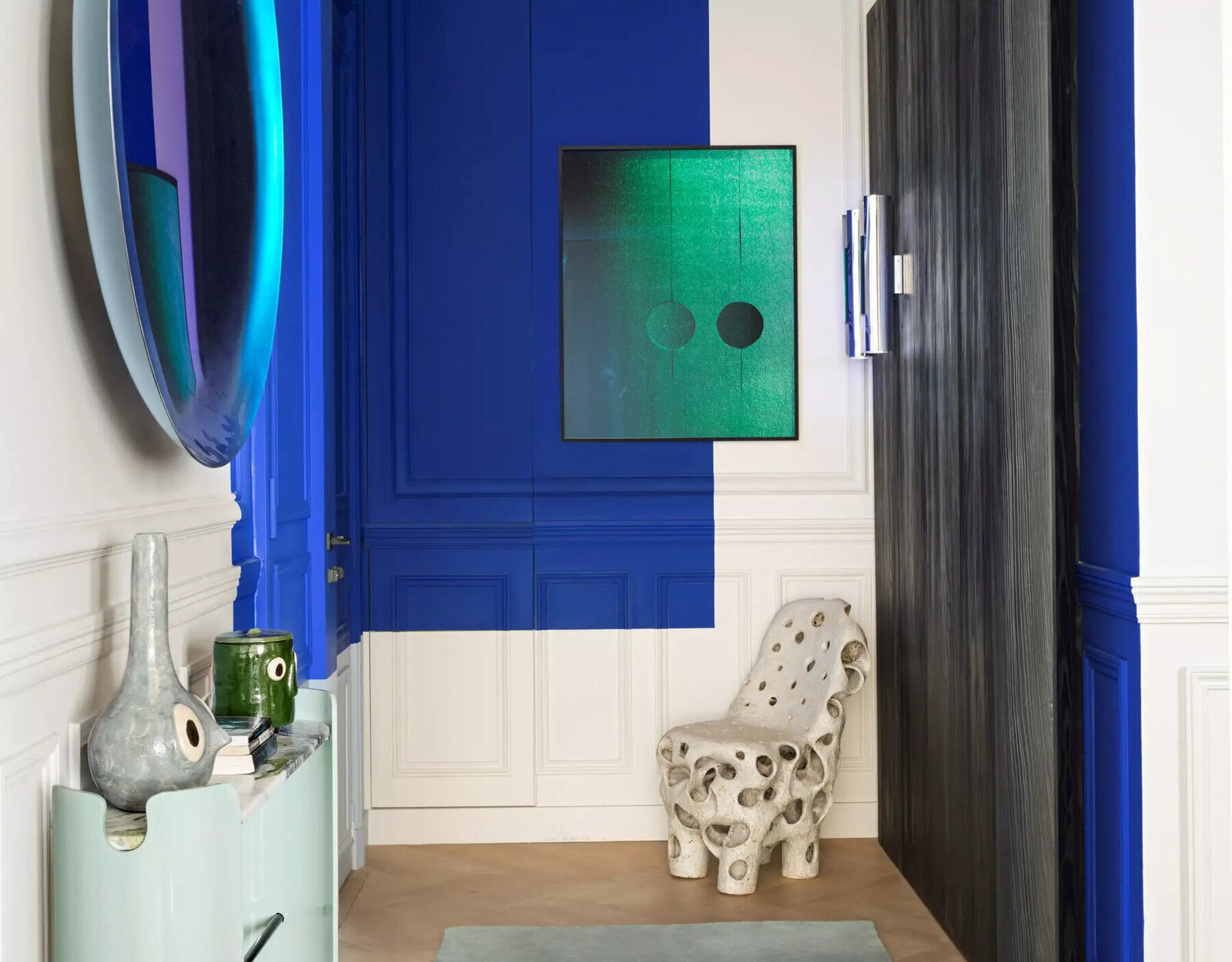
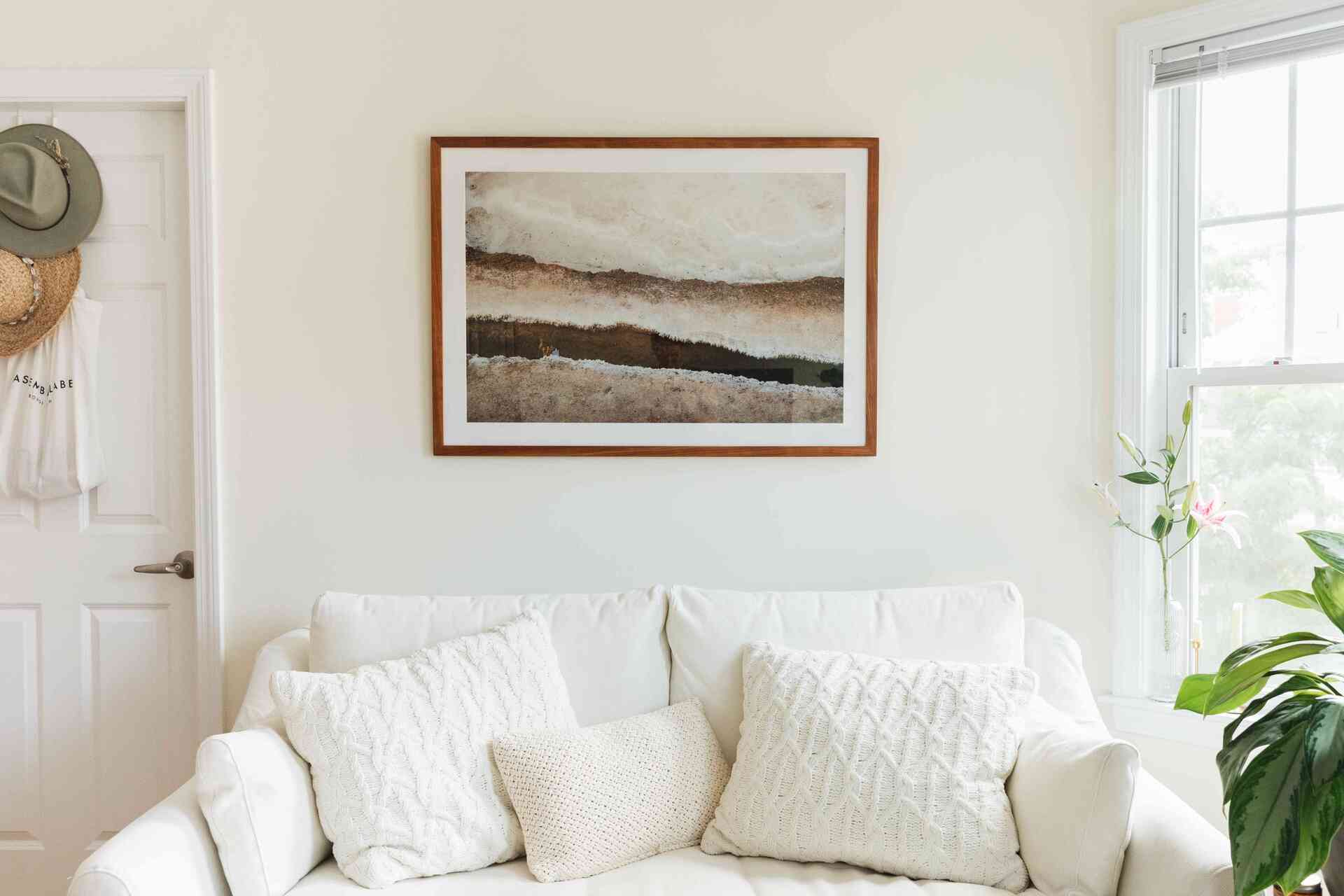
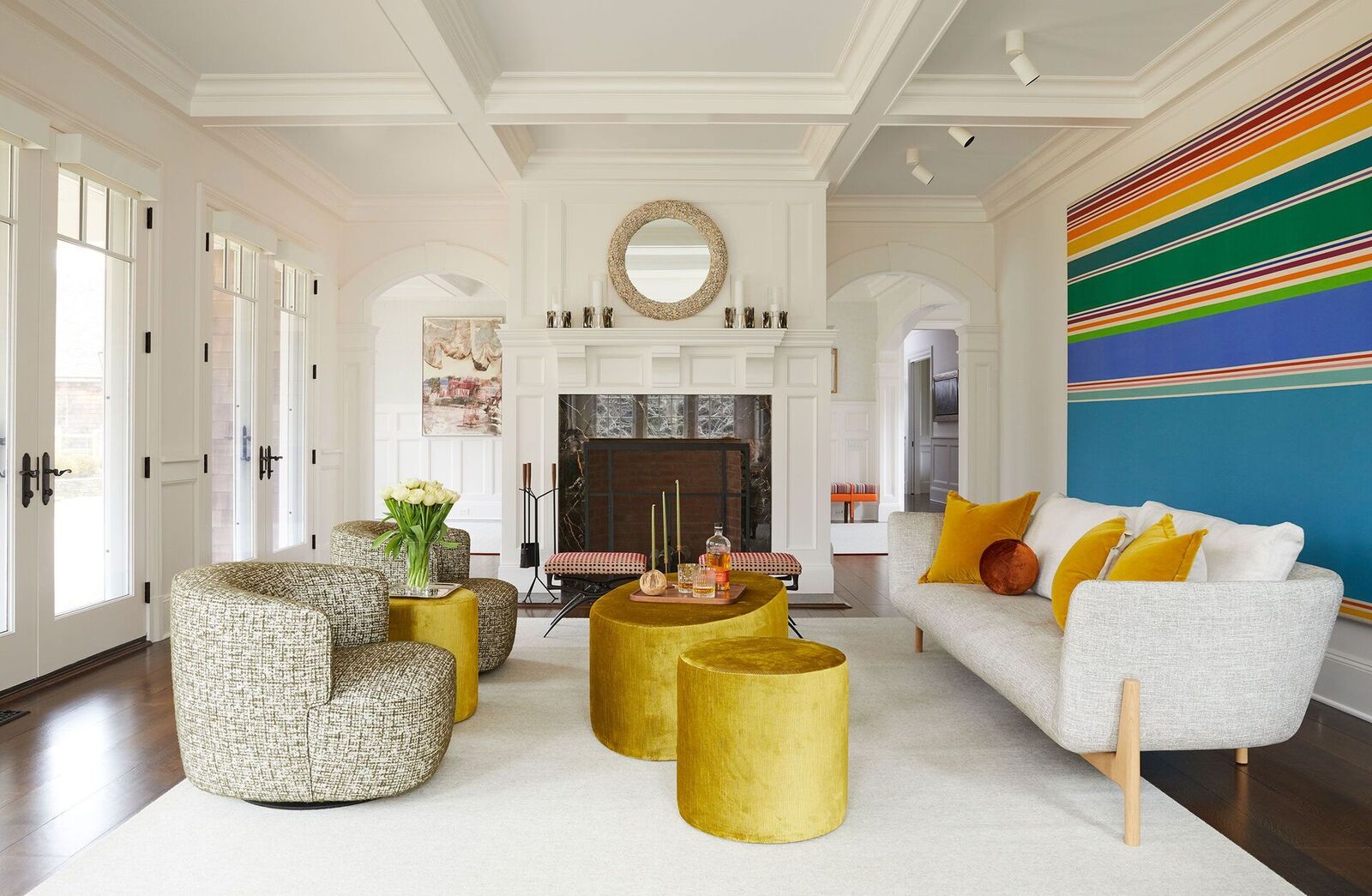
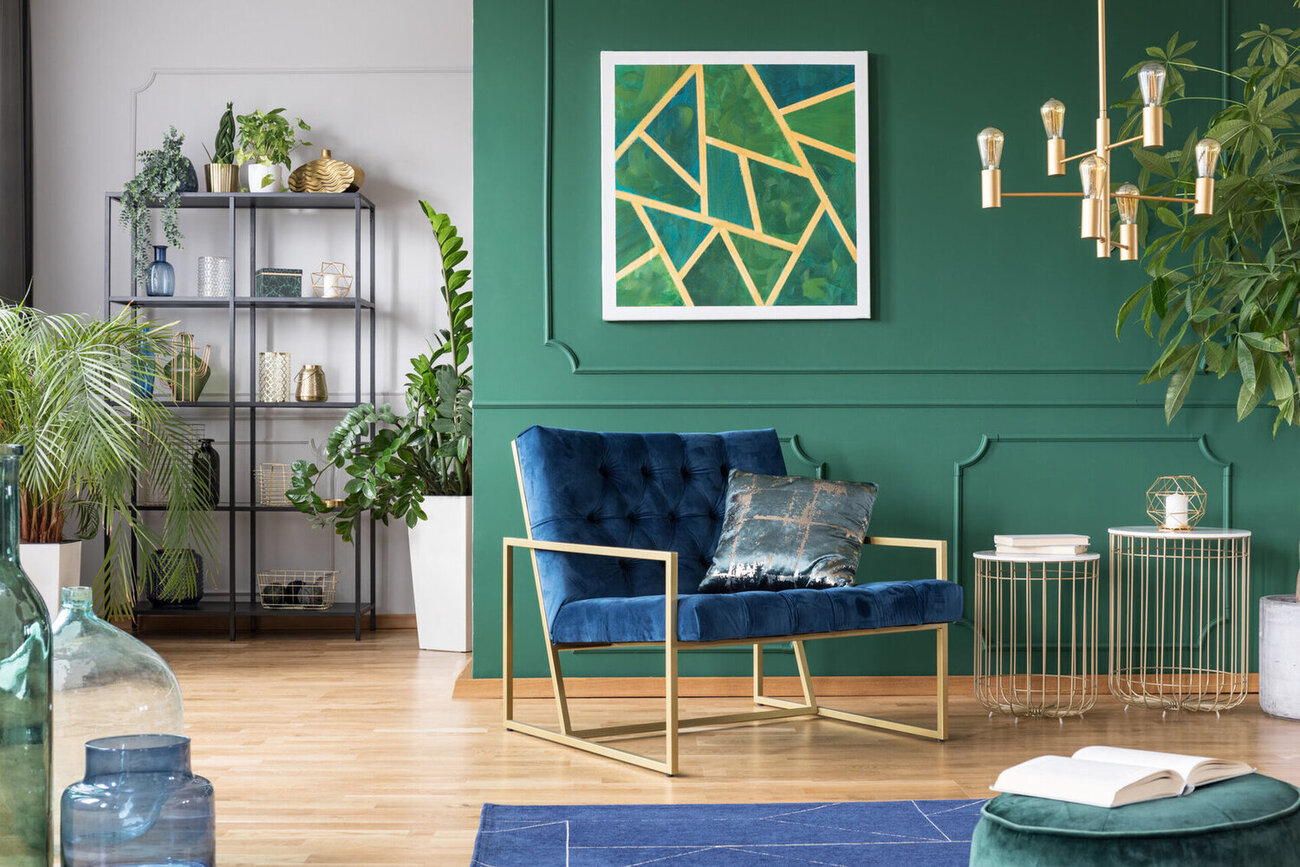
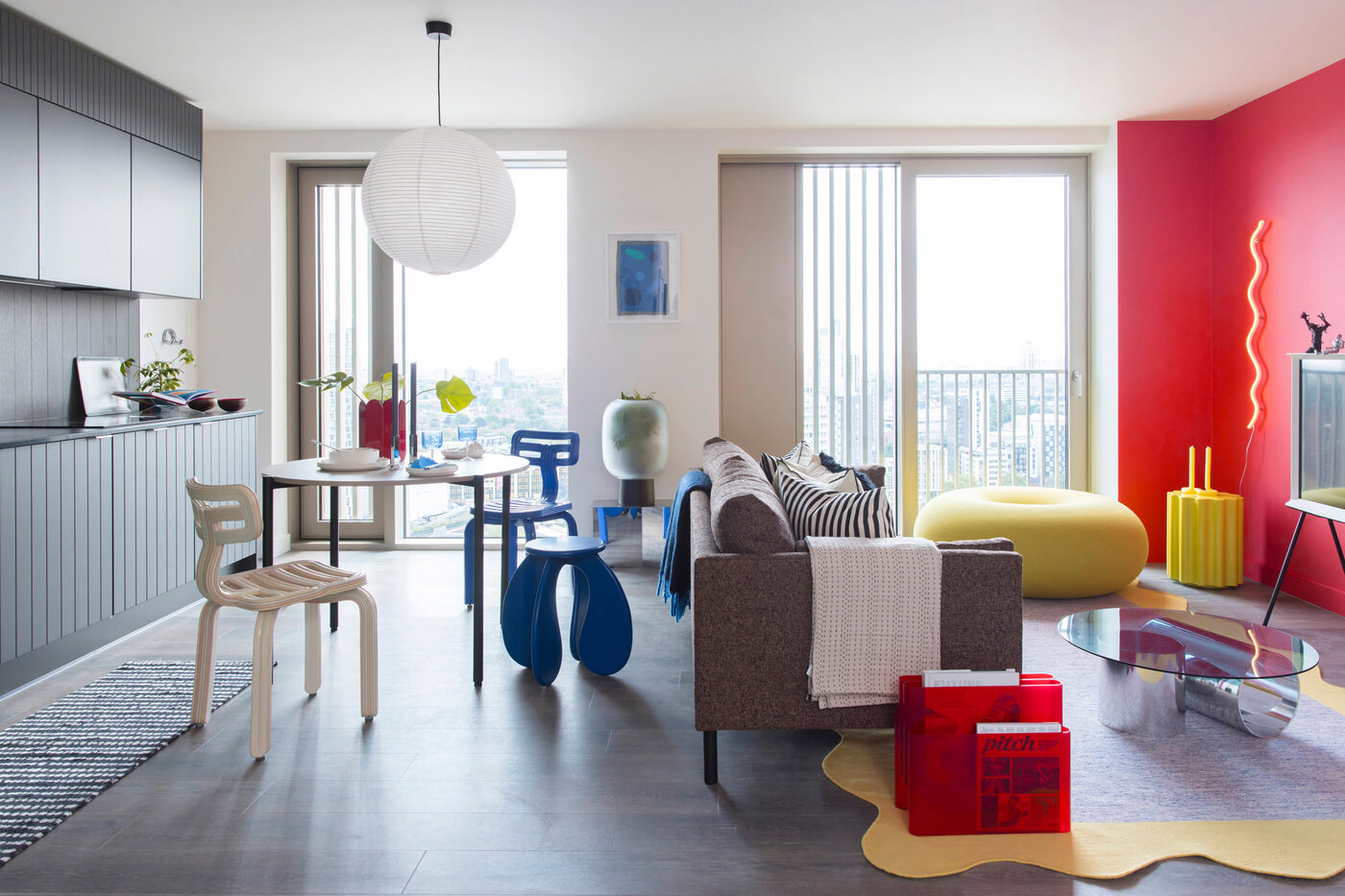
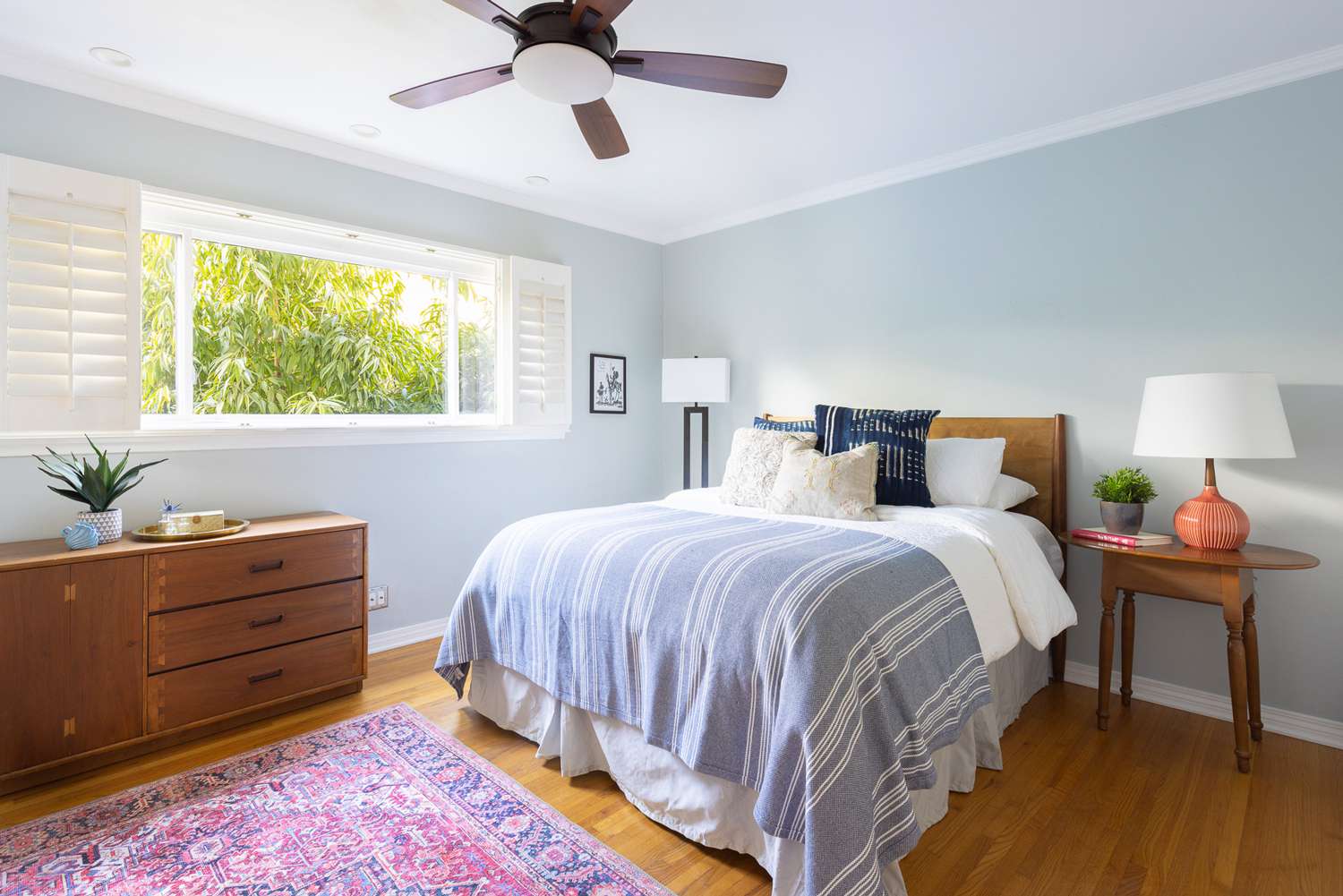
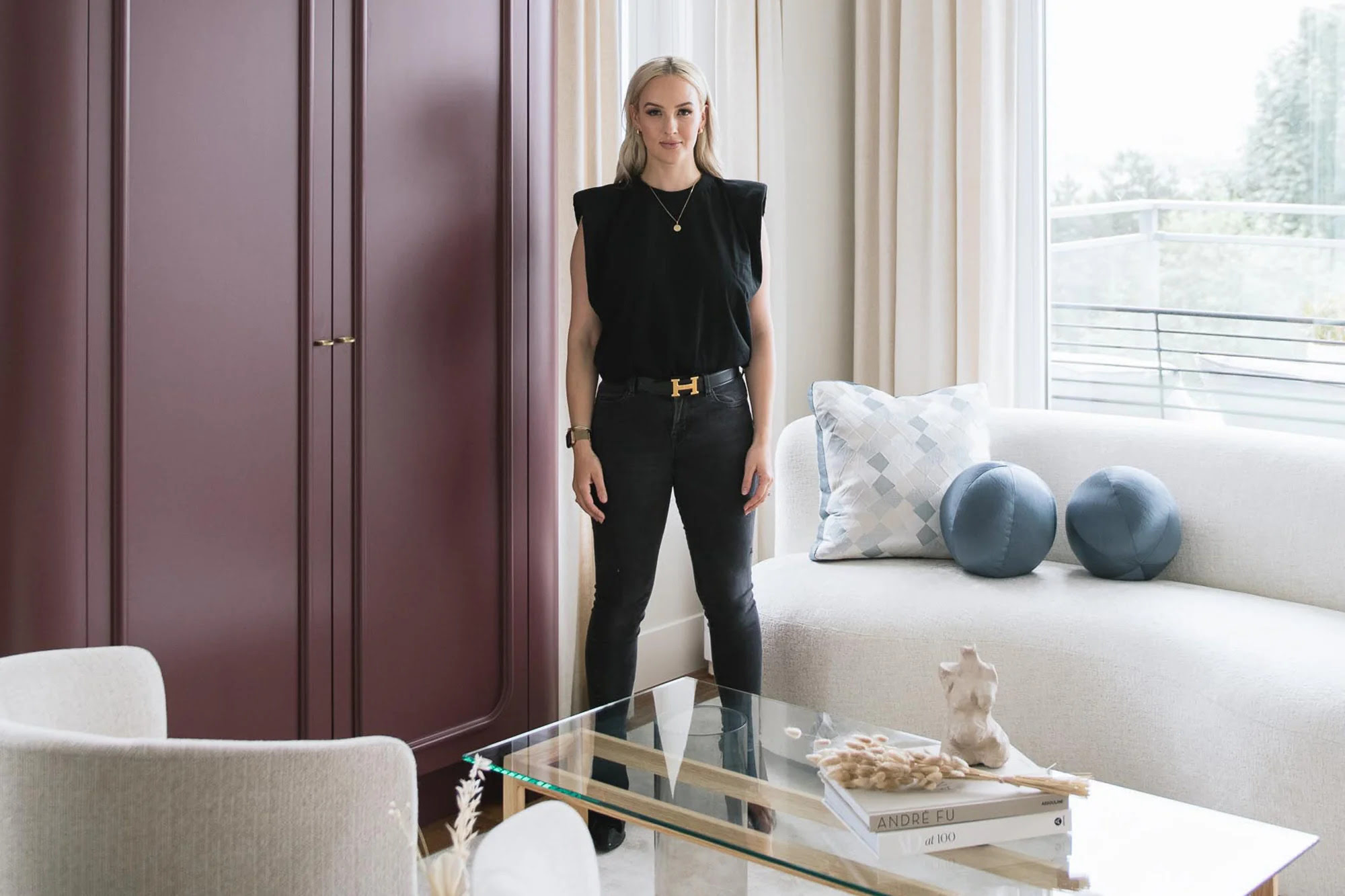
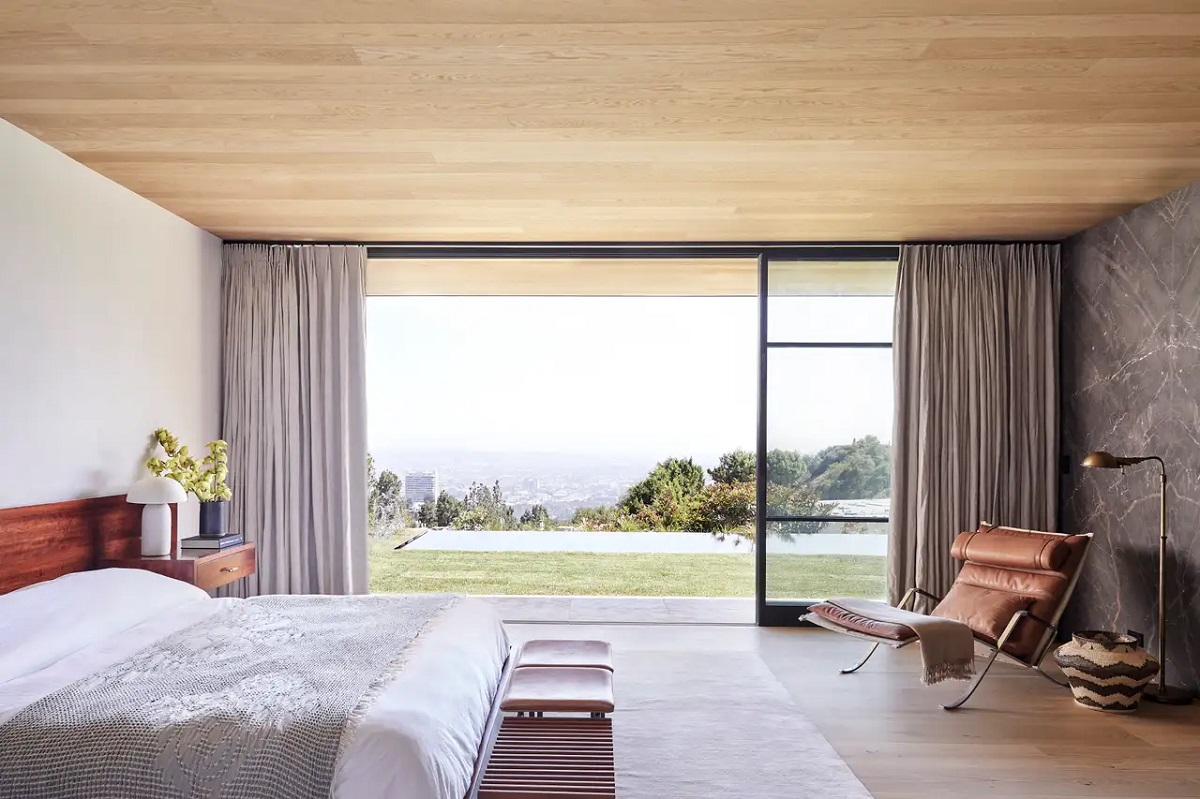
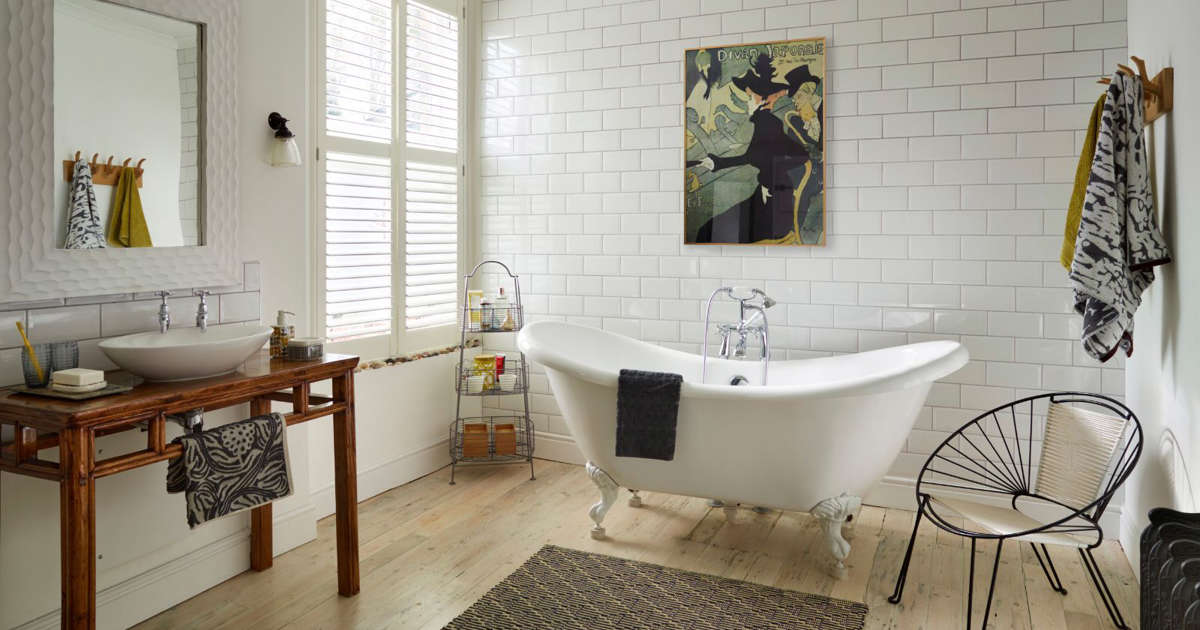
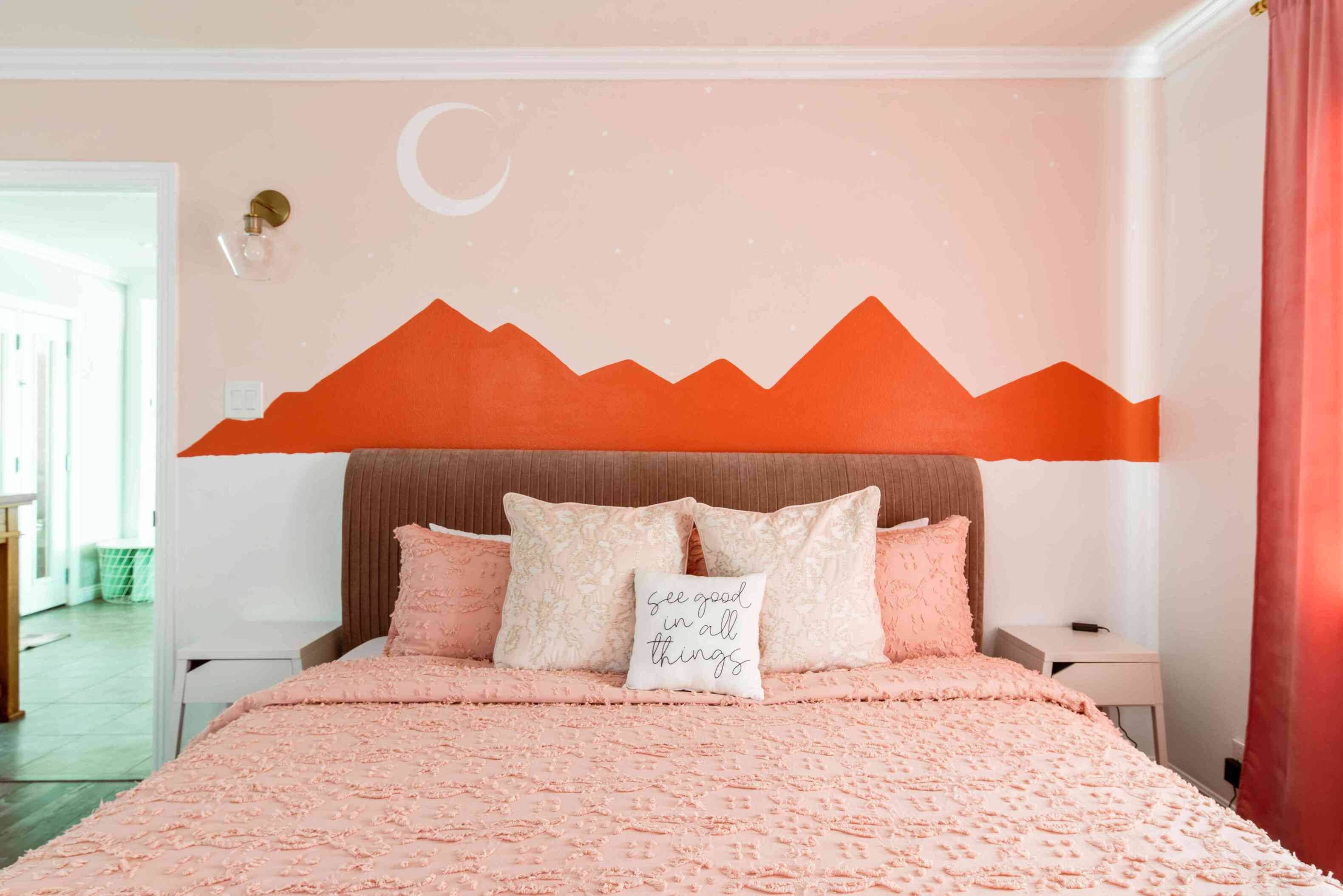

0 thoughts on “4 Lessons On Using Color In A Bedroom From An Interior Designer”